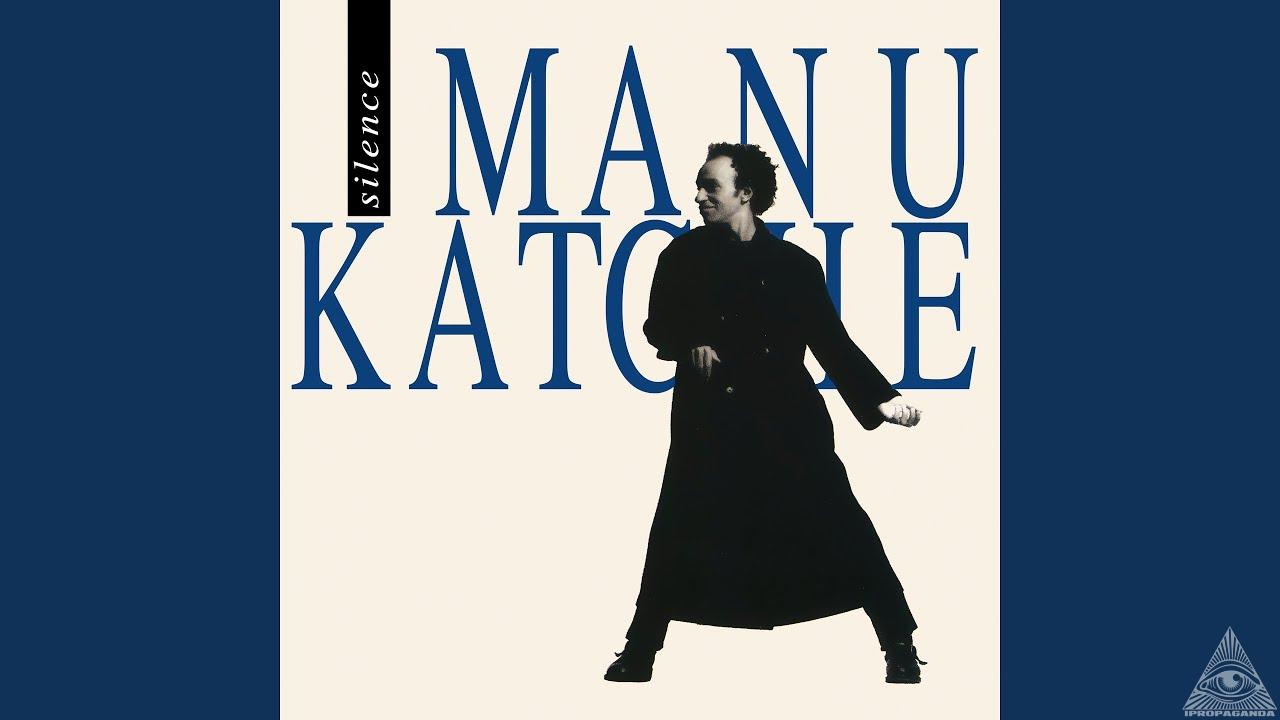
Manu Katché’s “Silence” (feat. Peter Gabriel & Sting): a 2025 rediscovery of a 1992 statement
Why this track is suddenly back in your feed
In early 2025, an official audio upload of “Silence (feat. Peter Gabriel, Sting)” appeared on YouTube and YouTube Music, credited to Musiques & Solutions / M&S. It isn’t a new studio take; it’s the original album version being re-serviced to the streaming ecosystem, which is why the cut is popping up on homepages and auto-generated mixes again. The renewed distribution has put a spotlight back on a collaboration that many listeners missed the first time around—especially those who never owned the original CD.
The album frame: It’s About Time (January 1992)
“Silence” comes from Katché’s debut solo album, It’s About Time, released in January 1992. At that point, Katché was already a first-call drummer for major artists; the debut flips the script by placing him at the center and inviting long-time collaborators into his songcraft. The record sits at the crossroads of jazz, funk, and pop—polished and rhythmic, but with the space and interplay you’d expect from improvisers. BMG released the album, produced by Philippe Abitbol.
What makes “Silence” click
On “Silence,” Katché leads with pocket rather than pyrotechnics. The drum part is lean and conversational, creating a springy grid for voices and guitars to dance around. Peter Gabriel and Sting trade and blend phrases with a relaxed authority; Katché’s arrangement leaves them room to phrase, breathe, and color, while the rhythm section keeps tension quietly simmering underneath. The result is a track that feels both radio-ready and musicianly—an elegant study in restraint where micro-gestures (ghost notes, off-beat accents, soft swells) carry the expressive weight. Documentation across credits and official uploads clearly tags both singers as featured guests, reinforcing the all-star nature of the cut.
Cast and chemistry
Part of the pleasure here is hearing Katché marshal a dream team he knew intimately from the road and the studio. The album’s sessions brought in Pino Palladino (bass) with his elastic, singing low end; Daniel Lanois (guitars/dobro) lending glassy, luminous textures; David Rhodes (guitars) with taut, chiming patterns; Branford Marsalis (saxophone) gliding through melodic interludes; plus a deep bench of keyboardists and backing vocalists who favor atmosphere over clutter. It’s a starry lineup on paper, but on record the feel is intimate: parts are tailored to serve the songs rather than the résumé.
Sound and production
Producer Philippe Abitbol gives the album a crisp early-’90s sheen: drums are tight and close, bass is articulate but warm, and keyboards sketch harmony without clogging the midrange. That clarity is perfect for Katché’s style, where the conversation between instruments matters as much as the notes themselves. The overall running time clocks in around 48 minutes and 37 seconds, and “Silence” lands as one of the record’s most inviting entry points.
How it fits in Katché’s arc
It’s About Time established Katché as a songwriter-bandleader who could fold pop structures into a more exploratory rhythmic language. The next time he returned under his own name—Neighbourhood, released September 23, 2005 on ECM—he leaned decisively into modern jazz with a new cast (Jan Garbarek, Tomasz Stańko, and the Wasilewski/Kurkiewicz rhythm team), a shift that now reads like a second act. Hearing “Silence” in 2025 against that broader trajectory is instructive: you can trace the throughline from elegant pop-fusion toward the lyrical, open jazz of his later work.
Why the 2025 resurfacing matters
Catalog songs don’t just “come back” on their own; they return when platforms and rights holders re-deliver them to where audiences actually listen. The Musiques & Solutions / M&S uploads have effectively re-introduced “Silence” to new listeners and reminded longtime Gabriel/Sting fans that the drummer at the heart of so many beloved sessions made a record with his own compass. In that light, the track feels freshly contemporary: economical rhythm section writing, uncluttered production, and vocals that prize character over bombast—qualities that sit comfortably next to today’s algorithmic playlists.
The takeaway
“Silence” endures because it says a lot without raising its voice. Manu Katché doesn’t use a solo album to show off; he uses it to invite—to a pocket, a color palette, a conversation. The renewed 2025 visibility doesn’t change what the music is, but it does change how easily it finds ears. If this is your gateway into It’s About Time, it’s a perfect one: a concise, singer-forward song that quietly demonstrates why great drummers make great bandleaders. And once it hooks you, the rest of the album—and the jazz-leaning path Katché would take after 1992—opens up like a well-paced story.
Credits snapshot (selected)
Drums/leader: Manu Katché • Bass: Pino Palladino (most tracks) • Guitars: Daniel Lanois, David Rhodes, Dominic Miller • Saxophone: Branford Marsalis • Keyboards/Piano: David Sancious, Simon Clark, Roger Bolton • Guest vocals: Peter Gabriel (including on “Silence”), Sting (including on “Silence”) • Label/Producer: BMG; Philippe Abitbol.
